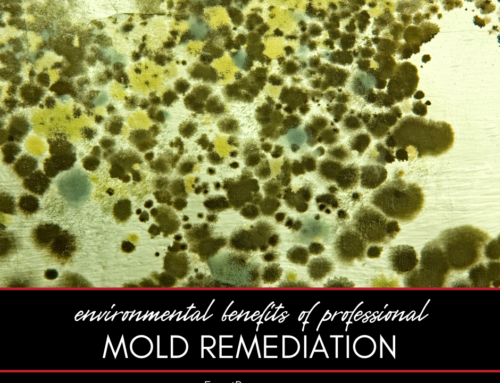A house that “settles” doesn’t always result in a pair of keys to a new residence. Settling also describes what happens when different portions of a house—the wood structure, foundation, and the soil underneath—shift as a result of changes in the environment. All structures, whether a house or a commercial building, will experience settling after they are built.
A newly-built home should finish settling after one year—perhaps two years if the weather in its locale is unseasonably mild during its first year. A home usually stops settling after it experiences one complete cycle of weather that’s typical for its area.
Flooding, however, can worsen settling. If you live in a flood-prone area and your home has previously experienced settling, you should ensure that it has a proper drainage system to protect the foundation from excess water and future settling.
Here’s What Happens to Your House When It Settles
Your home may experience some cosmetic issues as a result of settling. These may include the following:
Hairline Cracks
Hairline cracks may appear as small cracks where your wall meets the ceiling. These cracks are superficial and you can patch them yourself. This type of fix may be covered by your homebuilder’s warranty.
Minor Foundational Cracks
You may see some minor cracks in your foundation as your home settles. Be sure to have these filled as soon as possible to prevent a larger problem by allowing water or insects to infiltrate.
Air Gaps
Settling may cause air gaps to form between your home’s insulation and walls or the siding of your house. This can make it more difficult to cool and heat your home. You or your homebuilder can fill air gaps using spray foam, or another type of sealant.
Two Reasons Why Your House Settles
The Soil
If the soil beneath your home is loose or consists of a lot of clay—which experiences expansion and contraction and dries out more than other soils, then the house’s own weight can cause it to settle. These three considerations—the density of the soil, the amount of clay within the soil, and the weight of your home, all influence how much the soil will compress and cause your house to settle with time.
The Composition of the House
If your home is newly built, the lumber and concrete are new. Over time, as these materials dry, the water they contain evaporates and they shrink. Different varieties of wood shrink differently, as do different mixes of concrete—based on the proportions of the mixture, the materials used in the mix, and the environment in which the concrete dries. Both of these key construction components affect how your home will settle.
Do You Need a Disaster Remediation Expert in Washtenaw County or Jackson County?
If your home has already been damaged, we can help. Check out our services and call Exact Recon for your free disaster remediation quote today. We offer:
- Water damage restoration
- Mold removal and remediation
- Fire and smoke restoration
- Sewer cleanup and disinfecting
- Reconstruction
- Wind and storm damage repair









